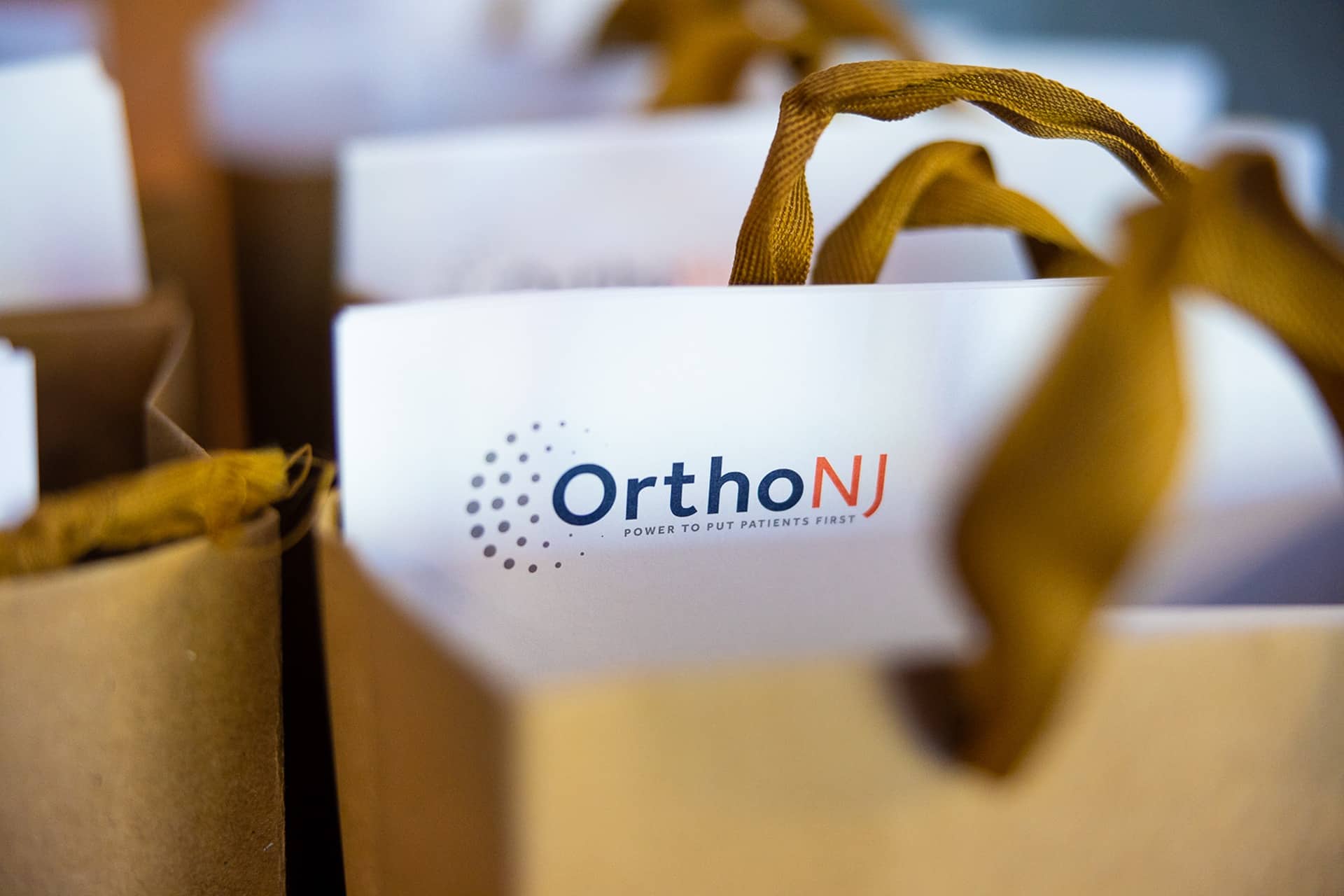Spondylosis
Spondylosis is the medical term for age-related changes in the spine. It can affect the vertebrae, discs, facet joints, ligaments, and nearby soft tissues. Over time, these structures may dry out, thicken, or form bone spurs, which can cause pain, stiffness, or nerve irritation.
What Are the Symptoms of Spondylosis?
- Neck or low back pain
- Achy or sharp pain that may worsen with activity, long sitting, or long standing.
- Often improves with position changes, heat, or gentle movement.
- Stiffness and reduced motion
- Feeling tight or less flexible, especially after waking or staying in one position.
- Turning your head or bending may feel restricted.
- Muscle spasms
- Brief cramping or tightness around the spine.
- Can be triggered by overuse or sudden movement.
- Radiating pain
- Pain that travels into the shoulders and arms from the neck, or into the buttocks and legs from the lower back.
- Sometimes called cervical or lumbar radiculopathy.
- Numbness or tingling
- Pins-and-needles in the arms, hands, legs, or feet.
- Signals possible nerve irritation.
- Weakness
- Trouble gripping, lifting, or pushing off with the foot.
- May indicate nerve pressure that needs prompt attention.
- Headaches or balance changes
- Headaches starting at the base of the skull can occur with cervical spondylosis.
- Unsteadiness when walking is uncommon but warrants evaluation.
What Causes Spondylosis?
- Natural aging: Discs lose water content and height over time, and joints can develop arthritis.
- Repetitive stress and posture: Long periods of sitting, heavy lifting, or awkward positions strain the spine.
- Prior injury: Past sprains, fractures, or disc injuries may accelerate wear.
- Genetics: A family tendency can increase the likelihood of degenerative changes.
- Smoking: Reduces blood flow to spinal tissues and may speed disc degeneration.
- Occupation and activities: Jobs or sports with vibration, lifting, or twisting add cumulative stress.
- Excess body weight: Extra load increases pressure on discs and joints.
How to Prevent Spondylosis?
- Stay active and strong: Regular low-impact exercise and core strengthening support and protect the spine.
- Posture and ergonomics: Set up your workspace so your ears, shoulders, and hips line up and your screen is at eye level.
- Lift with good form: Keep loads close to your body and bend at the hips and knees rather than the waist.
- Take movement breaks: Stand, stretch, and change positions every 30 to 60 minutes.
- Healthy weight: Maintaining a healthy weight reduces stress on the neck and back.
- Do not smoke: Avoiding tobacco supports disc and bone health.
- Bone health: Adequate calcium and vitamin D and weight-bearing exercise help keep bones strong.
- Sleep support: Use a mattress and pillow that keep your spine in a neutral position.
When to Seek Orthopaedic Care for Spondylosis
- Persistent or worsening pain: Pain lasting more than a few weeks or limiting work, sleep, or daily activities should be evaluated.
- Radiating pain, numbness, or tingling: Symptoms that travel into an arm or leg suggest nerve involvement.
- Weakness in an arm or leg: Difficulty gripping, lifting, or raising the foot needs prompt attention.
- Changes in walking or balance: Unsteadiness or frequent falls should be assessed.
- Bowel or bladder changes: New trouble controlling urination or bowel movements is an emergency and requires immediate care.
- After a fall or accident: New neck or back pain following trauma should be checked.
An orthopedic surgeon is recommended for Spondylosis, as they can assess the condition using a physical exam and imaging when appropriate and decide on appropriate treatment, including any necessary surgical options for Spondylosis.
At OrthoNJ, we provide guidance and a personalized plan of care tailored to your goals. We will help you understand your diagnosis and the options that can help you move with less pain.
Find An OrthoNJ Location
Contact one of OrthoNJ's locations spread out through all of New Jersey.
Why Choose an OrthoNJ Doctor for Your Care?
OrthoNJ is different from your typical medical provider. Unlike many in the industry, we prioritize patient care over profits. Our six divisions work collaboratively to ensure the best outcomes for our patients. We believe in the "Power to Put Patients First," and our doctors and divisional partners strive to uphold this commitment in every aspect of our care.
- With over 120 fantastic physicians, all board-certified, board-qualified, or fellowship-trained, OrthoNJ offers top-tier expertise across a wide range of specialties.
- We serve over 250 communities throughout New Jersey, providing treatment and continuing care for various orthopedic needs.
- With more than 30 statewide offices, our reach extends across the entire state. Whether in North Jersey, South Jersey, or anywhere between, OrthoNJ proudly serves you.
This treatment info is for informational purposes only. Treatment and recovery vary person to person, and you should consult with your treating physician and team for details on your treatment and recovery process.
